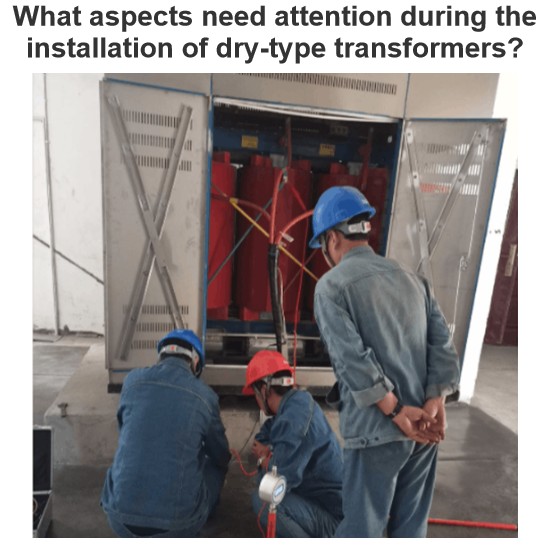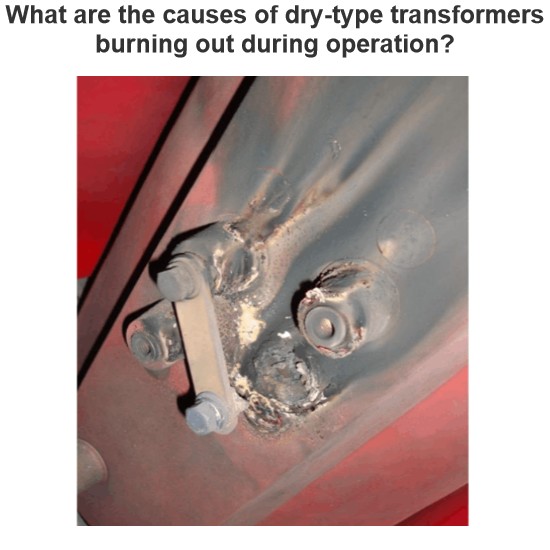Why are the short circuit test and open circuit test of a transformer connected via a circuit breaker?
In performing short-circuit and open-circuit tests on transformers, the use of circuit breakers is essential for ensuring both safety and accuracy. Below are the detailed reasons:
1. Safety Considerations
Rapid Fault Current Interruption:During testing, unexpected short circuits or overloads may occur. Circuit breakers can quickly interrupt the circuit if abnormal currents are detected, preventing damage to equipment and ensuring personnel safety. For example, in a short-circuit test, if the test current exceeds the expected value, the circuit breaker can immediately trip, protecting the transformer and other test equipment.
Power Isolation:Circuit breakers allow for the isolation of the transformer from the power source before and after the test, ensuring operator safety. This is particularly important in open-circuit tests, where one side of the transformer is left open while the other side is connected to the power supply. The circuit breaker ensures that the power is completely disconnected when not in use, reducing the risk of accidental electric shock.
2. Control of Test Conditions
Precise Control of Test Current and Voltage:Circuit breakers can be used in conjunction with protective relays to ensure that the test current and voltage remain within specified limits. For instance, in a short-circuit test, the circuit breaker helps maintain a constant test current, while in an open-circuit test, it helps maintain a constant test voltage. This ensures more accurate and reliable test results.
Stepwise Testing:Using a circuit breaker allows for the test to be conducted in stages, gradually increasing or decreasing the load. This approach enables better observation of the transformer's performance under different operating conditions, ensuring that the test data is reliable and repeatable.
3. Protection of Test Equipment
Prevention of Overload and Overheating:Transformer tests often involve high voltages and large currents, especially in short-circuit tests where the current can be very high. Circuit breakers prevent the test equipment from being damaged due to overload or overheating. For example, if the test current exceeds the rated capacity of the equipment, the circuit breaker will automatically trip, protecting both the test instruments and the transformer itself.
Minimizing Impact on the Grid:In short-circuit tests, the transformer may generate significant inrush currents, which could disrupt the grid or affect the operation of other devices. Circuit breakers help limit the magnitude of these currents, reducing the impact on the grid and maintaining its stability.
4. Facilitating Automated Testing
Remote Control and Automation:Modern transformer testing systems often include automated control systems, and circuit breakers can be remotely controlled via relays or PLCs (Programmable Logic Controllers). This makes the testing process more efficient and safer by reducing the need for manual intervention. For example, in an automated system, the circuit breaker can automatically close or open based on predefined conditions, ensuring that the test proceeds as planned.
5. Compliance with Industry Standards
Adherence to Industry Standards and Regulations:Many power industry standards (such as IEC, IEEE, etc.) require the use of circuit breakers during transformer testing to ensure safety and accuracy. Therefore, using circuit breakers is not only a practical necessity but also a requirement to comply with relevant standards, ensuring the legality and compliance of the test.
Summary
Using circuit breakers in transformer short-circuit and open-circuit tests is crucial for ensuring safety, precise control of test conditions, protection of test equipment, and compliance with industry standards. Circuit breakers provide rapid fault protection, power isolation, control of current and voltage, support for automated testing, and help minimize the impact on the grid, ensuring that the tests are conducted safely and yield reliable results.
The Electricity Encyclopedia is dedicated to accelerating the dissemination and application of electricity knowledge and adding impetus to the development and innovation of the electricity industry.













